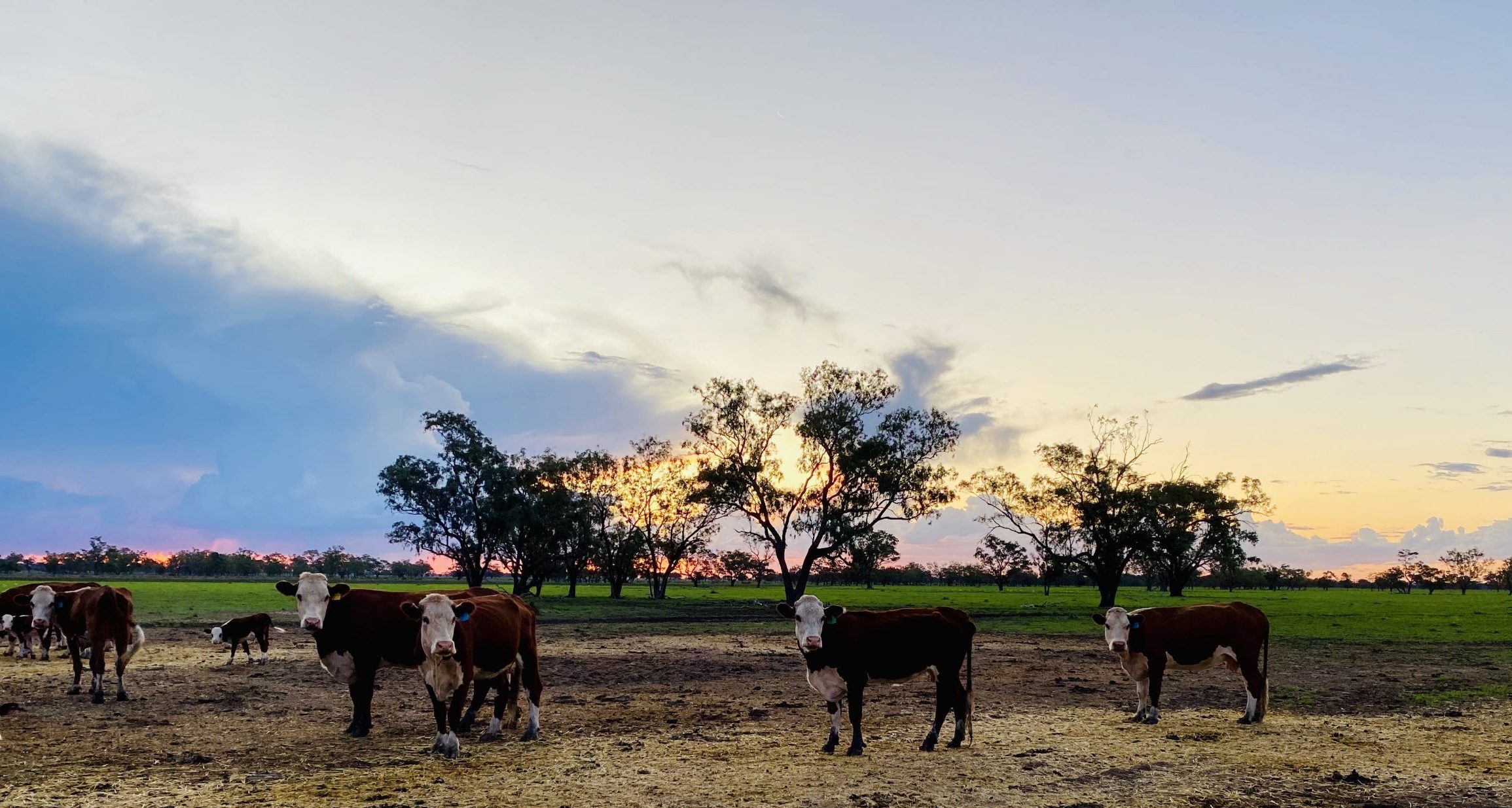The sight of lush, green paddocks around the district is very welcome but North West Local Land Services district veterinarian Shaun Slattery is warning graziers about the risk of high nitrate levels in pastures that can poison livestock.
“We’ve had confirmed cases of stock losses where people have released hungry stock onto lush pasture,” said Dr Slattery in an interview with The Courier.
“We’ve confirmed the cases as nitrate-nitrite poisoning.
“The animals effectively die from suffocation, as poison prevents blood from carrying oxygen,” said Dr Slattery.
“All the cases investigated and reported have involved stock that have been released from yards and are hungry so consume a large amount of feed quickly,” he said.
“The cause is not so much the toxicity of the pastures but more the animals ability to eat large amounts of the pasture very quickly and get a toxic dose.
“Animals that are on pasture already, are rarely poisoned as they excrete the toxin quicker than they take it in.
“But poisoning can happen when animals have been yarded and then put onto these pastures, and their rumens (first stomach) are empty and so they consume a lot of pasture very quickly.”
When a dry period breaks, nitrate uptake by plants may be high, especially in the first week after rain.
“Essentially the first flush of growth after a dry period means most plants have fairly high levels of nitrate,” said Dr Slattery.
“Most of the pastures that have come on after the drought period can be dangerous – pigweed is one, yellow vine or cat-head, button grass and liver seed grass.”
Dr Slattery said most of the poisoning cases were concentrated in the Narrabri, Walgett and Lightning Ridge regions, most likely because those areas had such bare paddocks previously and then suddenly received good rainfall, that then produced pasture growth.
He said the LLS has investigated poisonings on six properties in the North West so far and all of these cases involved significant stock losses.
Dr Slattery said the general rule of thumb is “don’t put hungry stock onto lush, green feed”.
“What you’ve got to do is avoid circumstances where animals can consume a lot of the pasture quickly.”
Dr Slattery is urging graziers to seek advice and take preventative steps, especially because they have worked so hard to feed stock and keep them alive during the dry. It’s devastating to see stock perish after the rain.
“The number one thing is to get the stock off the pasture if they have active cases and give us a call to investigate or a private vet,” he said.
“This will not only confirm what is wrong with the animal, because there are a number of other things in the wet weather that it could be – we’ve had cases of pneumonia, for example.”
“The advice is that if stock have been trucked or stock have been yarded, then before the stock are let out provide them with hay to eat and then monitor them for six hours after release.”
“If people do the hay feeding measure, they’ll avoid losses.”
Dr Slattery said there is a treatment that vets can provide but they need to get to the animal pretty quickly so it’s “best to get the rest of the mob off the pasture”.
Dr Slattery said graziers should also be mindful of lush growth in yards, especially yards that haven’t had stock in them for a while.
“They can be the most dangerous,” he said.
A Department of Primary Industries fact sheet explains that nitrates and nitrites are closely linked as causes of poisoning but nitrate is not always toxic to animals.
When feed containing nitrate is eaten by ruminant animals (sheep and cattle), nitrate is converted to nitrite, and then to ammonia, by rumen microbes. Non- ruminant animals are unable to do this.
Dr Slattery said signs of poisoning include staggering and increased respiratory rate followed by recumbency and death.
Nitrites are much more toxic and are formed from nitrates during ruminant digestion and may also occur if stored plant materials heat up or are attacked by bacteria or fungi.
When high levels of nitrites accumulate in the gastrointestinal tract, they are absorbed into an animal’s bloodstream.
Nitrite in the bloodstream changes haemoglobin, the oxygen- carrying part of blood, to methaemoglobin and that can’t carry oxygen.
If enough methaemoglobin is produced, the animal will die.
The DPI said some animals can tolerate up to 50 per cent conversion of their haemoglobin without ill-effects; however, when more than 80 per cent haemoglobin is converted, death occurs.
Dr Slattery also urged graziers to be on the lookout for the viral disease in cattle called three day sickness.
“We should expect it with the weather and high insect population,” he said.
Dr Slattery said three day sickness is a manageable condition and is similar a severe cold.
“It can make animals really stiff, sore and lethargic.”
To order photos from this page click here











